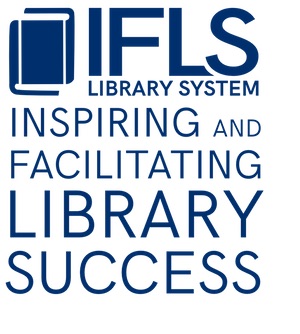I attended an excellent webinar yesterday through Early Childhood Education Webinars with Anna Reyner, an art therapist who is also an early childhood expert. Wow! So many wonderful ideas. The Early Childhood Education Webinars are almost always thought-provoking, excellent, and practical! You have to translate some of the ideas to a library setting, but it is quite helpful to learn about things from a different perspective. If you have time to view the recording for this one, called Gross Motor Art Activities That Calm Squirming Bodies and Minds, I recommend it!
If you don’t have time, here are a few important take-aways that I think are worth sharing:
- There are a lot of approaches to art, and the ones that are most important for cognitive, social, and emotional development in children are:
- Process art: emphasis on the process of creation, not on the final product. Art as experience.
- Expressive art: taking process art and making it about the creator in some way. Art as self.
- Gross Motor Art (also known as Physical Art or Whole Body Art) uses large muscles of the arts, legs, or torso. There are lots of reasons to combine movement with art, especially with young children:
- Young children feel most at home with movement and are most engaged when they are moving!
- Young children learn about the world with their bodies
- Whole Body Art helps kids connect to their bodies and have physical movement that allows them to release excess cortisol (stress hormones)
- Many preschoolers have been delayed in developing typical skills due to pandemic lockdowns. Physical Art helps them catch up!
- Some practical ideas to consider:
- Bilateral activities (using both hands) allows kids to cross the midline
- Painting or scribbling with both hands
- Large weaving is a great activity
- Bilateral activities (using both hands) allows kids to cross the midline
- Use floors, walls, and windows as painting, drawing, and scribbling location
- Standing art stations: just take away the chairs, it allows kids the chance to engage their legs
- Stampers with pads or bingo bottles require kids to use their shoulders
- Leaf rubbing stations
- Rolling pins wrapped with bubble wrap, rubber bands, etc. for paint
- Clay with loose parts (from nature, like acorns, leaves, pebbles; or not, like screws, washers, etc)
- Cardboard with masking tape and tempera paint sticks
- Marble painting, toy car wheel painting, plunger painting, salad spinner painting
I’m thinking of hiring Anna to do a webinar for us tailored to libraries! After I do, maybe we’ll create a kit for this kind of artwork (rolling pins, a large weaving loom, a salad spinner, stampers and pads, etc).
What have you tried in this regard? I know some of you are already doing a lot of this!
